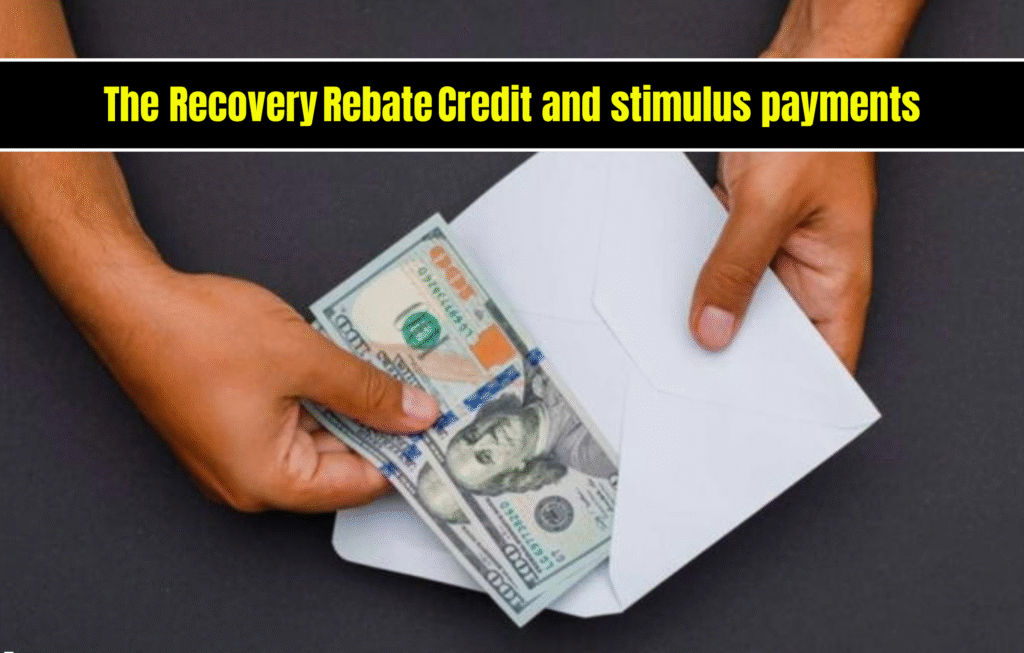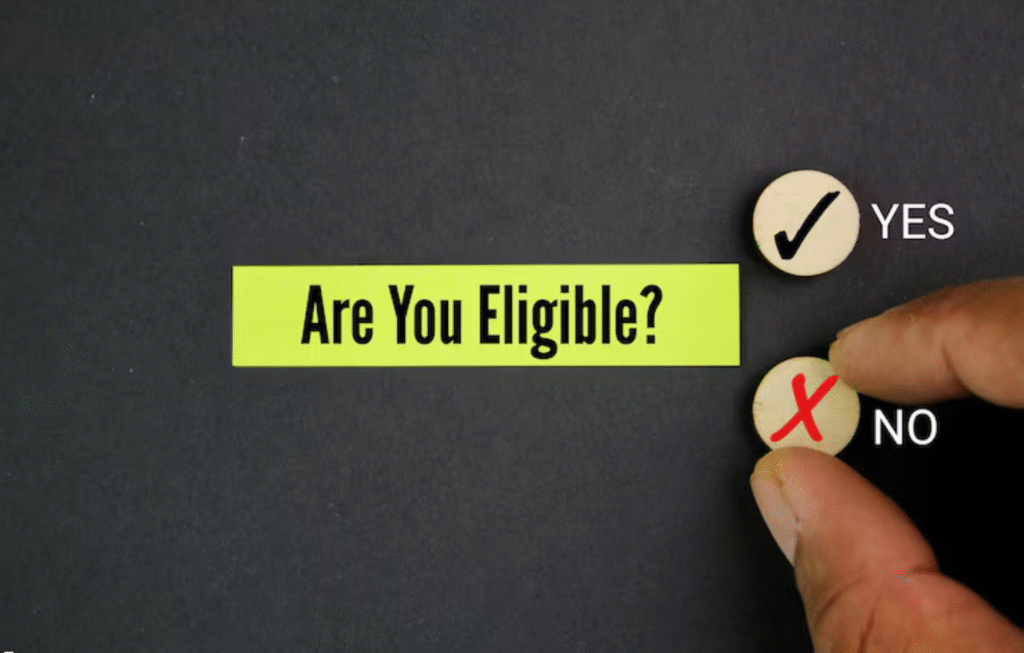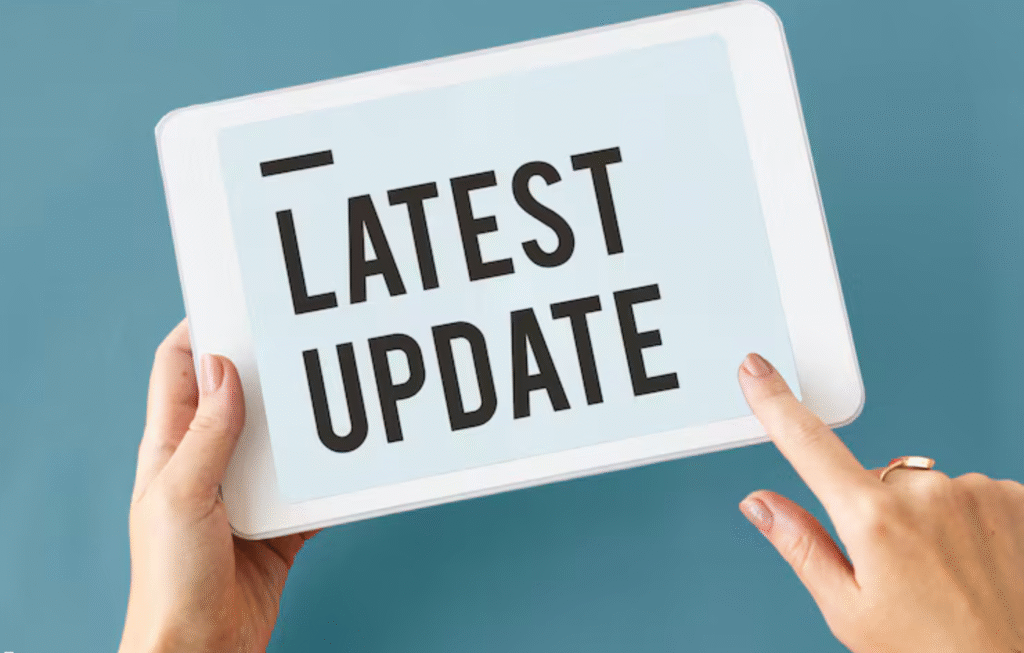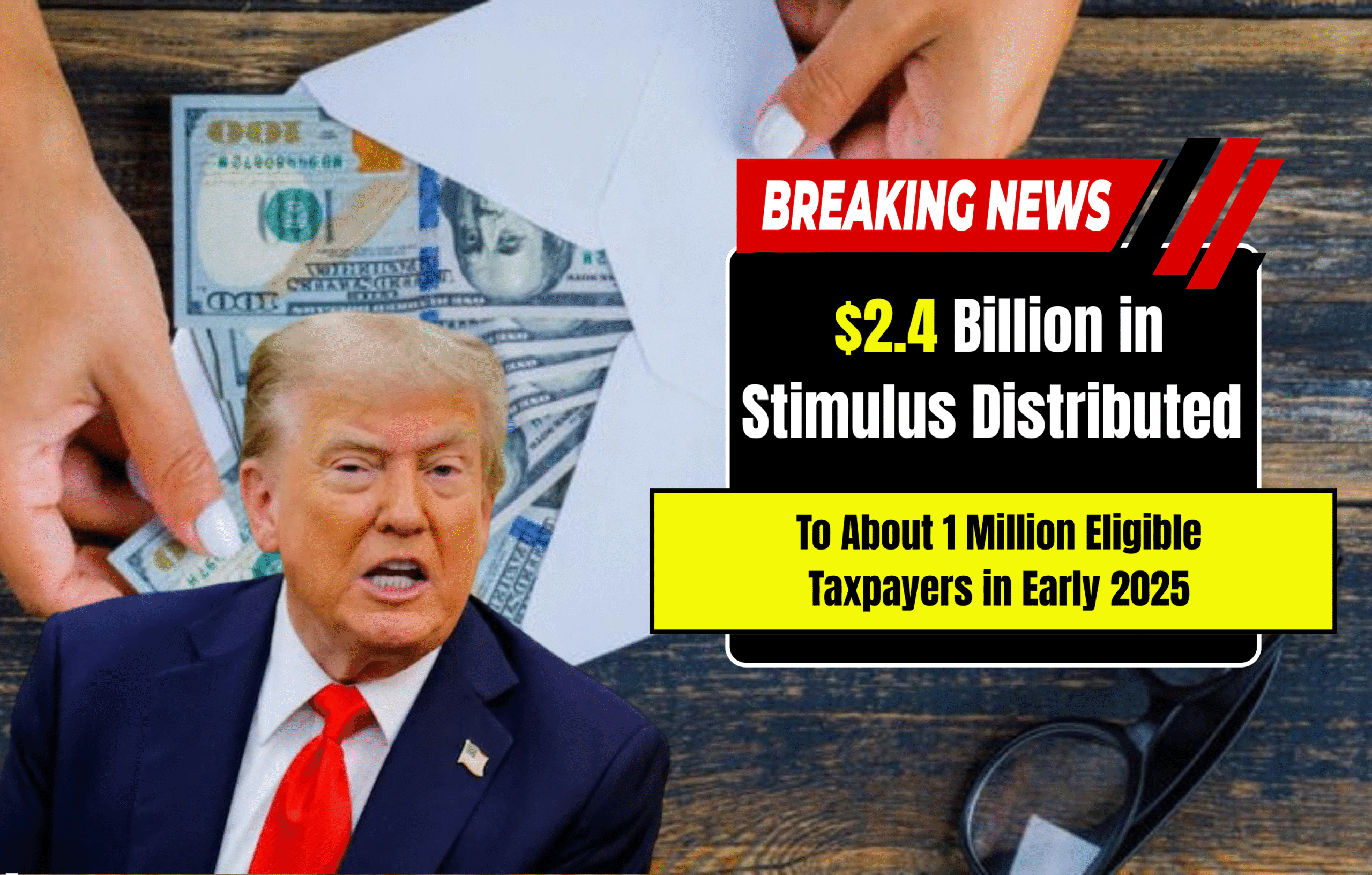What is happening
The IRS announced that it will issue roughly $2.4 billion in what are being called “automatic special payments” to approximately 1 million taxpayers who were eligible for the Recovery Rebate Credit on their 2021 tax returns, but did not claim it. These payments represent funds that individuals may have missed because they either filed a 2021 return and left the Recovery Rebate Credit line blank, or put “$0” when they were eligible.
The maximum payment for an individual in this round is up to $1,400. Payments are being made automatically, meaning eligible taxpayers do not need to file an amended tax return to receive it.
The IRS planned to begin the distribution in December 2024, with most recipients expected to receive their payment by late January 2025. If a taxpayer did not file a 2021 tax return but believes they were eligible for the credit, they still may file by April 15, 2025, to claim the credit.
Why this is happening
To understand the background:
The Recovery Rebate Credit and stimulus payments

During the COVID‑19 pandemic, the U.S. federal government issued three rounds of economic impact payments (commonly called “stimulus checks”) under legislation such as the American Rescue Plan Act and the earlier CARES Act.
For taxpayers who either didn’t receive the full amount of those payments or missed one entirely, the Recovery Rebate Credit (RRC) was created so they could claim the difference when filing their 2020 or 2021 tax returns.
However, the IRS found that in many cases taxpayers filed a 2021 return but did not claim the credit — possibly because the form line was complex, overlooked, or because they assumed they had already received the stimulus. The IRS reviewed its internal data and determined about one million such taxpayers existed.
The IRS decision
To correct this, the IRS decided to issue automatic payments to those taxpayers rather than requiring each to file an amended tax return. According to IRS Commissioner Danny Werfel, the agency realized that one million taxpayers overlooked claiming this complex credit when they were actually eligible.
The payments will be made using the bank account information on the taxpayer’s 2023 return (if available). If the bank account is closed, the payment will be returned and reissued via check to their address of record.
Who is eligible / how to check

Eligibility
Taxpayers who filed a 2021 federal tax return and either:
- Did not claim the Recovery Rebate Credit at all (left it blank), or
- Claimed it but entered $0 when they were eligible
are eligible to receive this automatic payment.
Taxpayers who did not file a 2021 tax return may still be eligible — but they must file by April 15, 2025, to claim the credit.
Only those who missed the earlier stimulus payments or did not receive the full amount are eligible. If a taxpayer already received the full applicable amount, they are not eligible for these new automatic payments.
Amounts
The maximum payment is up to $1,400 per individual. The exact amount depends on factors such as:
- Whether they had qualifying dependents
- How much they may have already received in stimulus payments
A total of about $2.4 billion is being distributed among approximately 1 million taxpayers.
How to confirm
Taxpayers can:
- Review their 2021 tax return to see if they claimed the RRC and how much they claimed
- Use the IRS’s online account tool to check their stimulus payment history
- Expect a notice letter from the IRS if they are receiving a payment — this letter confirms eligibility and the amount
What this means & implications
For taxpayers
- If you filed your 2021 return and missed the RRC, you don’t need to take any action — the payment will be automatic.
- If you did not file a 2021 return and believe you were eligible, you should file your 2021 return before April 15, 2025.
- This is not a fourth round of stimulus checks. It is a corrective payment for previously missed credits.
- The payments do not count as income for major federal benefits programs such as SSI, SNAP, TANF, or WIC.
For the IRS / tax administration
- This move shows the IRS proactively identifying unclaimed tax benefits using its internal data.
- It reduces the burden on taxpayers, as they do not need to file amended returns.
- It may reduce administrative overhead and costs for the IRS itself.
- The situation also highlights the complexity of the tax credit system, where eligible taxpayers may miss out due to form confusion or lack of awareness.
Latest updates & timeline (through early 2025)

- As of January 2025, the IRS confirmed that the payments were being distributed.
- Most eligible taxpayers are expected to receive the funds by late January 2025.
- A letter will accompany the payment, and the method will be direct deposit (if a valid bank account is on file) or paper check otherwise.
- The IRS reminded the public that the deadline to file a 2021 tax return and still claim the RRC is April 15, 2025.
Points of caution & additional notes
- Because the payments are automatic, scams and fraudulent solicitations may appear. Taxpayers should be cautious of messages offering to “help” them claim their payment for a fee. The IRS will not charge you or contact you unexpectedly for payment to release this benefit.
- If your bank account has changed since you filed your 2023 tax return, and the deposit fails, the IRS will automatically mail a check to your last known address.
- If you previously received only part of the stimulus payments, this corrective payment may reflect the missing portion — based on your eligibility and IRS records.
- Because this payment is tied to your 2021 tax return, your eligibility depends on that year’s filing. It differs from the original stimulus checks, which were based on 2020 or earlier filings.
Why this matters
- Recovery of unclaimed relief: This $2.4 billion initiative ensures that eligible taxpayers who missed earlier payments finally receive the support they were entitled to.
- Proactive government action: The IRS’s use of internal data to identify and correct missed payments marks a shift toward more proactive, service-oriented tax administration.
- Awareness of credits: Many taxpayers may overlook tax credits they’re eligible for. This effort highlights the importance of awareness and filing accuracy.
- Critical deadline: Taxpayers who haven’t yet filed their 2021 returns should act quickly. After April 15, 2025, they may lose the ability to claim the Recovery Rebate Credit forever.
- Context of pandemic-era relief: Although $2.4 billion is relatively small compared to the trillions spent in pandemic relief, it reflects continued “cleanup” efforts by the IRS to ensure all intended benefits are delivered.
In summary
The IRS is distributing roughly $2.4 billion to about 1 million taxpayers who missed claiming the Recovery Rebate Credit (RRC) on their 2021 tax returns. These payments are automatic, up to $1,400 per person, and began rolling out in December 2024, with most expected to arrive by January 2025.
Taxpayers who did not file a 2021 return but are eligible can still file by April 15, 2025, to claim the credit. The initiative is not a new stimulus check but a corrective effort by the IRS to ensure eligible Americans receive the pandemic-related benefits they missed.
Let me know if you’d like a version of this in PDF or Word format, or help checking whether you’re eligible.
FAQs
What is this new $2.4 billion IRS payment about?
It’s the IRS issuing automatic payments to about 1 million taxpayers who missed claiming the Recovery Rebate Credit on their 2021 tax return. It’s not a new stimulus check.
Who is eligible for the payment?
Taxpayers who filed a 2021 return but didn’t claim the Recovery Rebate Credit, or claimed $0 despite being eligible. Some non-filers may still qualify if they file by April 15, 2025.
How much is the payment?
The maximum is $1,400 per person. The actual amount depends on your 2021 eligibility, whether you received earlier stimulus payments, and whether you had dependents.
